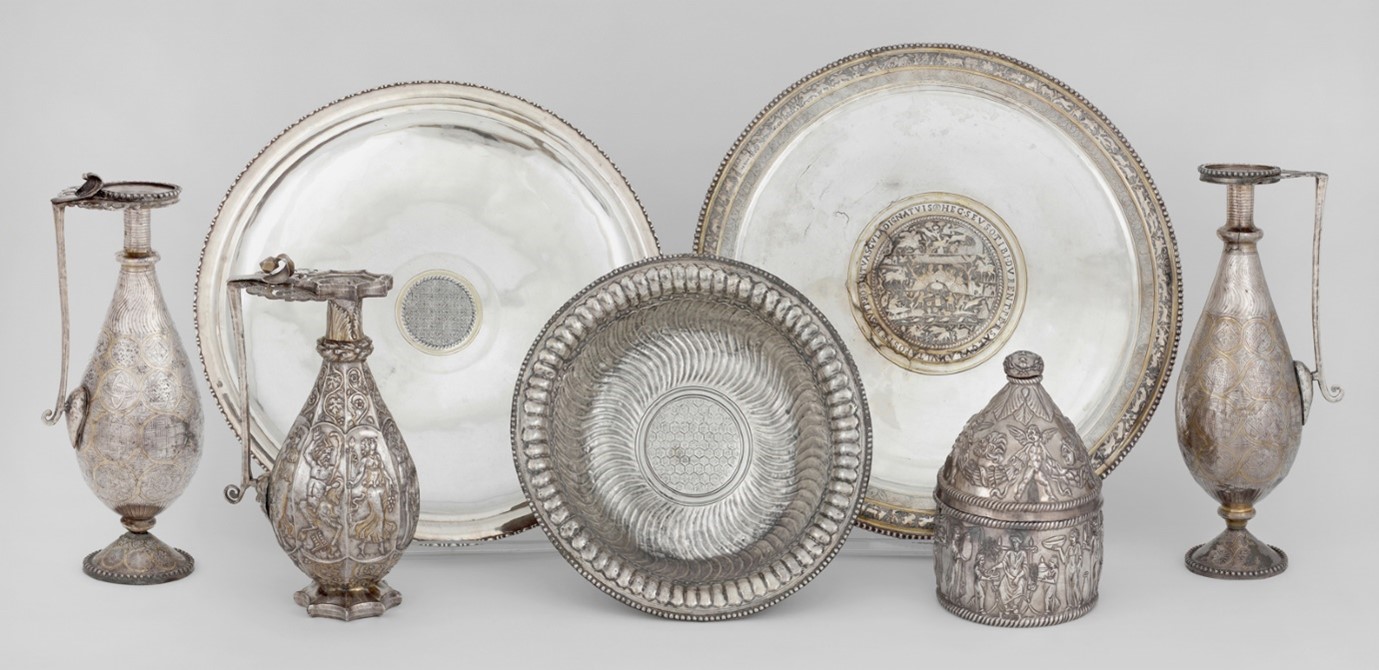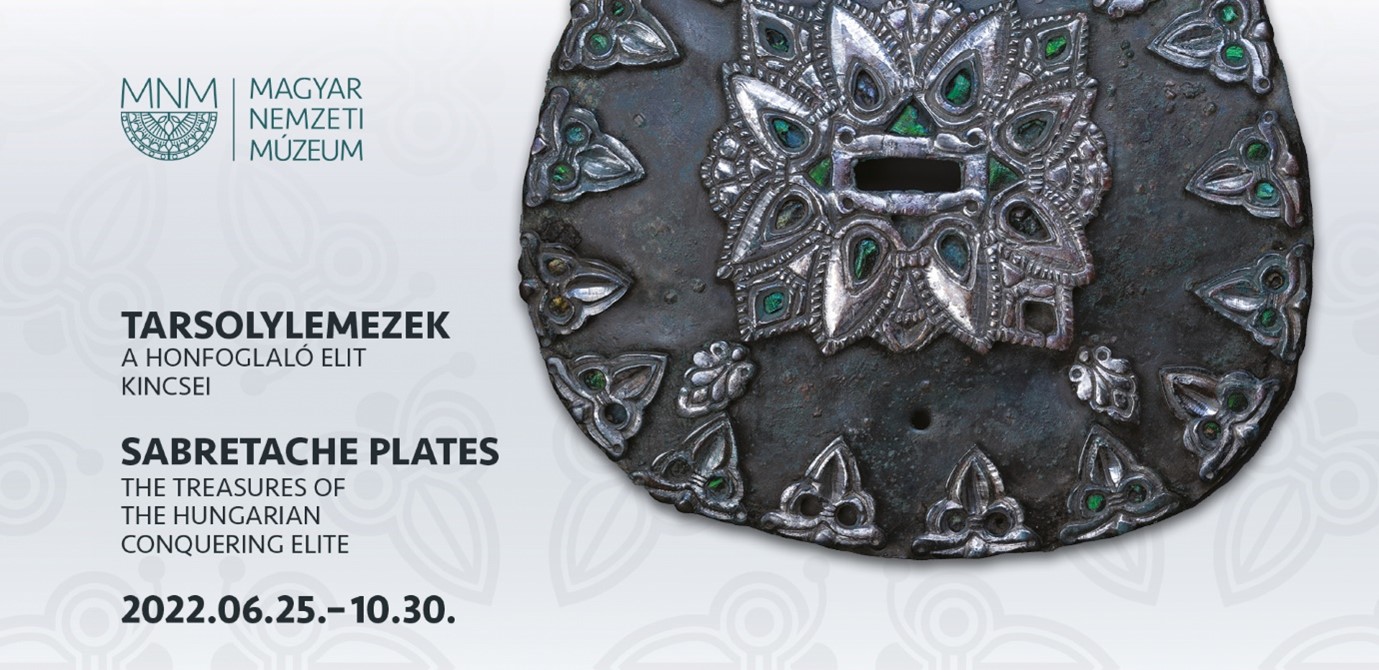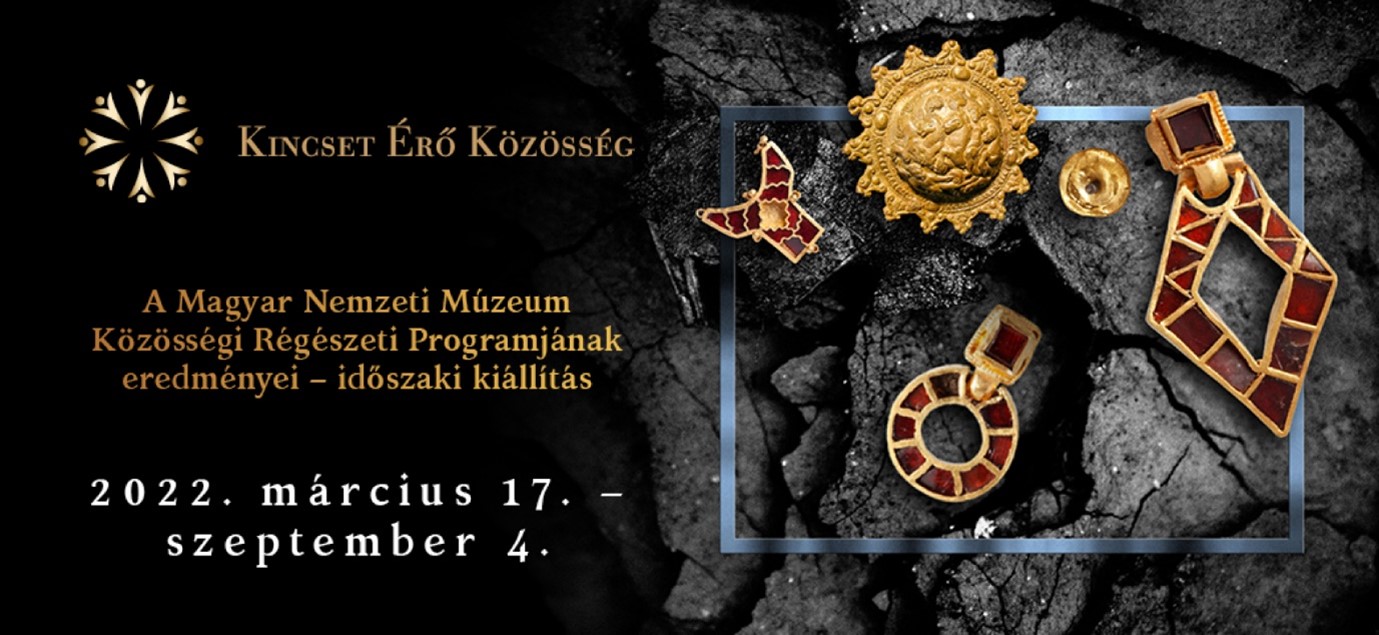Free Guided Tours in the Hungarian National Museum
Guided tours in English of the following temporary exhibitions at the Hungarian National Museums is also arranged for free of charge. Registrations for the Guided tours will be handled on the spot. Please come to the INFO POINT.
The Seuso Treasure – The Splendour of Roman Pannonia
Tour guide: Zsolt Mráv, archaeologist, museologist)
Dates: Thursday 1 September, 13:00 – 14:00 | Saturday 3 September 13:00 – 14:00
Max: 35 persons/tour
The 4th-century final golden age and rich cultural legacy of the Roman Empire is largely due to its wealthy, educated elite. Its members preserved and passed on the heritage of the classical Graeco-Roman culture and they also commissioned patrons luxury articles made at a high artistic quality. Besides its artistic value, as a treasure find it is the most significant hoard of silver objects of late Antiquity. The silver vessels of the treasure faithfully reflect the good life of the wealthy and influential elite, and the world of splendid villas, hunts and banquets in Pannonia during the late imperial period. The Seuso treasure is one the most significant late Roman silver treasure finds. In its current ensemble it consists of 14 silver vessels made in the 4th century, as well as a large copper cauldron used for their concealment.
The Seuso treasure – The Splendour of Roman Pannonia | Hungarian National Museum

Sabretache plates. The treasures of the Conquering elite
Tour guide: Réka Fülöp, archaeologist, museologist
Dates: Thursday 1 September, 12:30 – 13:00 | Friday 2 September, 13:00 – 14:00 | Saturday 3 September, 13:00 – 14:00
Max: 10-15 persons/tour
Men could represent their rank and position in the strict tribal or clan-based hierarchy of the Hungarian society only by objects they were entitled to wear. Hungarian men of the 10th century belonging to the military entourage of princes or chieftains could primarily express their ranks by wearing weapon belts with precious metal mounts and suspended ornamented weapons and tools. Hungarian men held their essential tools (particularly the fire-starting kit of the age) in their typically leather sabretaches suspended on the right side of their belts. The sabretache’s front flap was occasionally ornamented with bronze or gilded silver mounts, or contiguous plates (sabretache plates) as early as around the 900s. The ornaments on the sabretaches (plates and mounts) were typically Hungarian rank indicators of the 10th century; moreover, some regard these as power insignia of the dignitaries serving the prince’s family. The number of such artefacts ever displayed in a museum is extremely low, we only know about 27 sabretache plates and 13 ornamental mounted or leather sabretaches including the recently found pieces. The Hungarian National Museum is currently exhibiting these know and restored pieces as part of a temporary exhibition until October 30, 2022.
https://mnm.hu/en/exhibitions/temporary/sabretache-plates

A Treasured Community – Results of the Hungarian National Museum’s Community Archaeology Program
Tour guide: Dr. István Vida, archaeologist, museologist
Dates: Thursday 1 September, 12:00 – 13:00 | Friday 2 September, 13:00 – 14:00 | Saturday 3 September, 13:00 – 14:00
Max:20 persons/tour
The most important task of the Hungarian National Museum is still collecting, surveying and storing, but it is equally important to present the objects and to popularize science. The most obvious method of the latter one is to involve the general public in the whole process of archaeological research and the creation of the exhibition accompanying it. Participation provides not only a completely new experience compared to traditional visits to museums, but this way a much deeper knowledge can be imparted. Therefore, our Community Archaeology Programme is a kind of educational project too, with more than 200 active members now, which will provide opportunity for everyone interested to join in the scientific work supervised by experts in the future too, with the professional aspects taken into consideration.
We firmly believe that the Hungarian National Museum has remained a cultural institute even in the 21st century, which contributes to the definition and formation of community identity with its collections and intellectual values amassed in the past two centuries. For this, we consider it indispensable to involve the public in the life of the museum. This exhibition is intended to present the first achievements and successes of our cooperation. We hope that the cause of archaeological heritage will become a well-known and acclaimed topic, so knowing our past will become extremely important to the general public.
Kincset Érő Közösség | Magyar Nemzeti Múzeum
